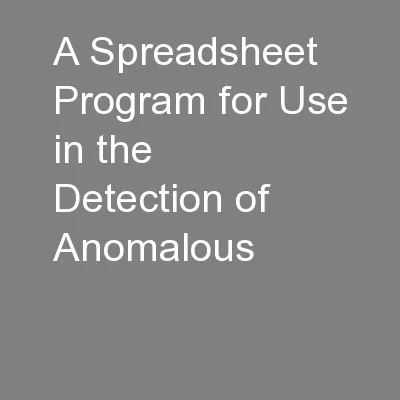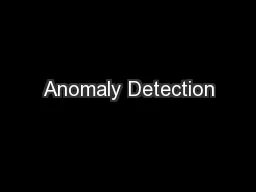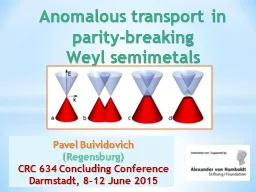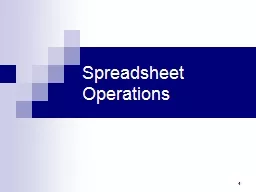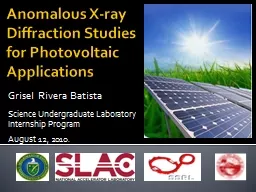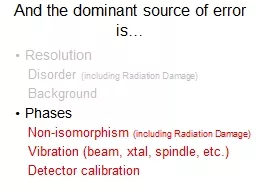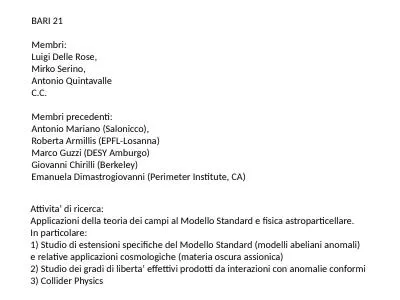PPT-A Spreadsheet Program for Use in the Detection of Anomalous
Author : yoshiko-marsland | Published Date : 2016-06-26
Helene Z Hill Rutgers NJ Medical School Newark NJ And Joel Pitt Renaissance Associates Princeton NJ Radiation Research Society Annual Meeting September 2014 Scientific
Presentation Embed Code
Download Presentation
Download Presentation The PPT/PDF document "A Spreadsheet Program for Use in the Det..." is the property of its rightful owner. Permission is granted to download and print the materials on this website for personal, non-commercial use only, and to display it on your personal computer provided you do not modify the materials and that you retain all copyright notices contained in the materials. By downloading content from our website, you accept the terms of this agreement.
A Spreadsheet Program for Use in the Detection of Anomalous: Transcript
Download Rules Of Document
"A Spreadsheet Program for Use in the Detection of Anomalous"The content belongs to its owner. You may download and print it for personal use, without modification, and keep all copyright notices. By downloading, you agree to these terms.
Related Documents

